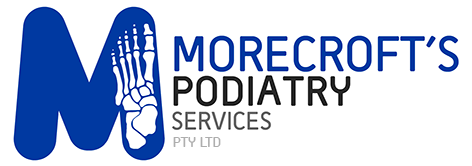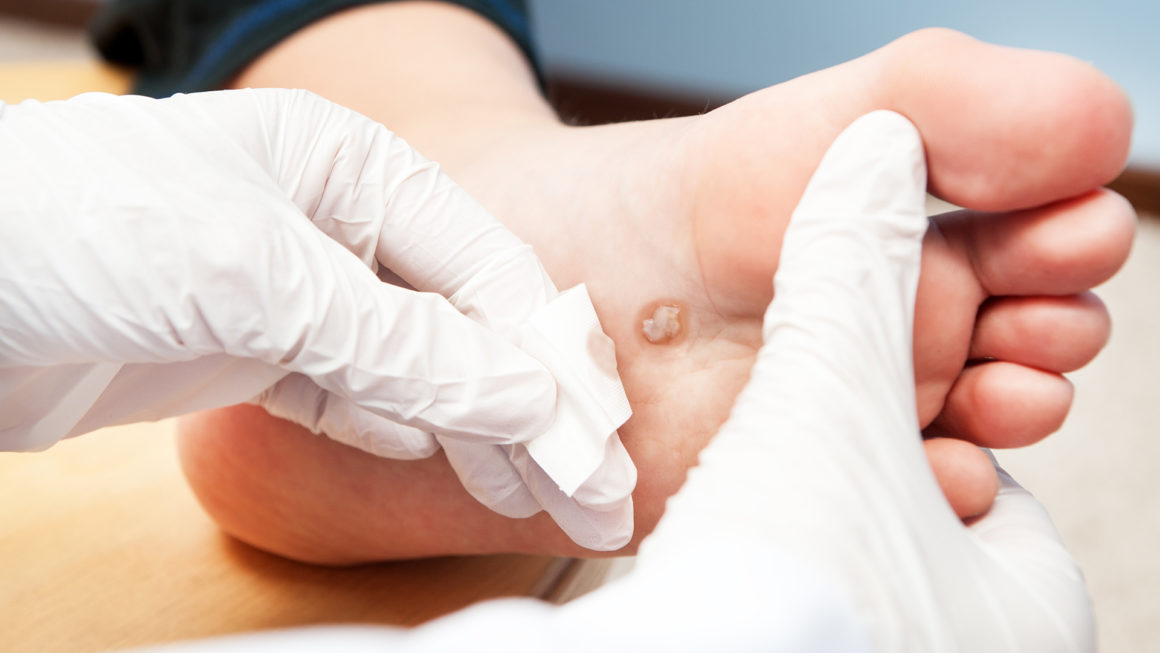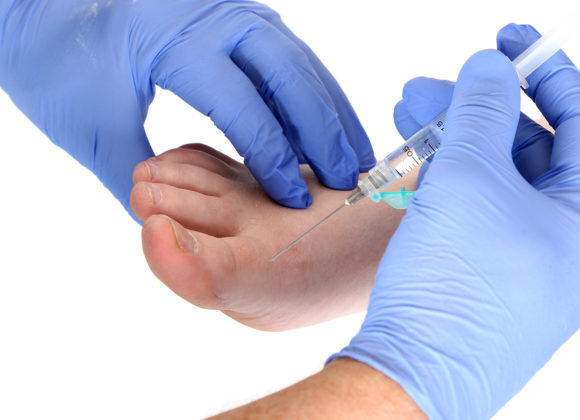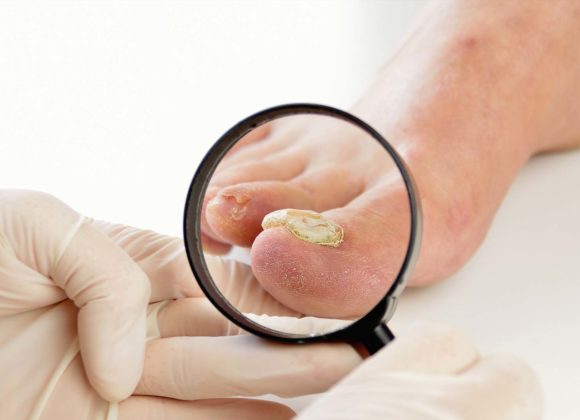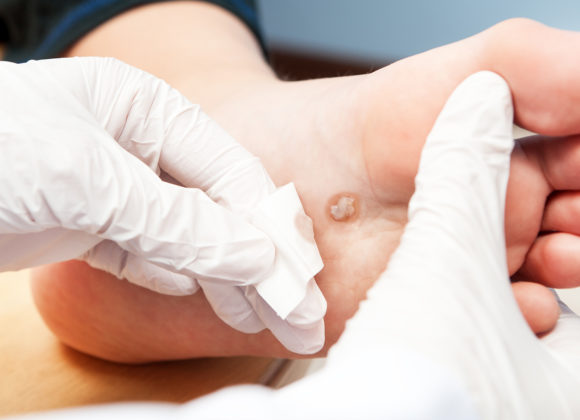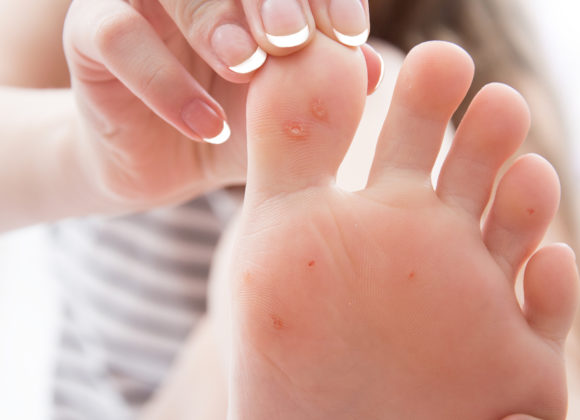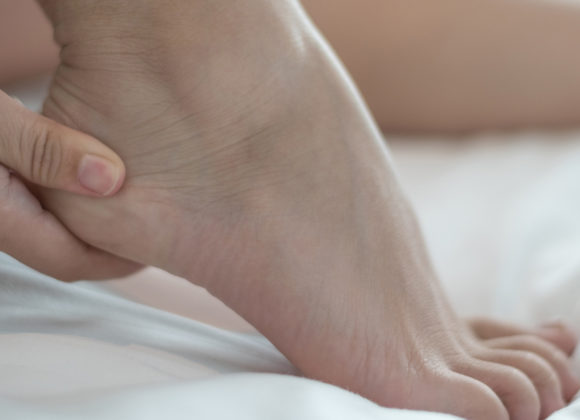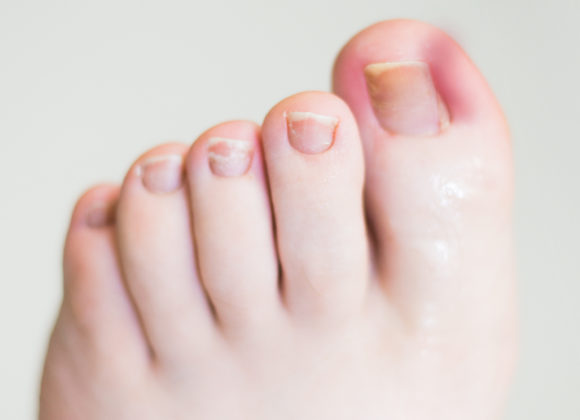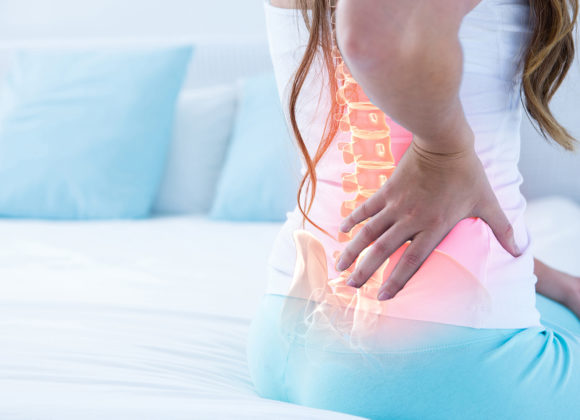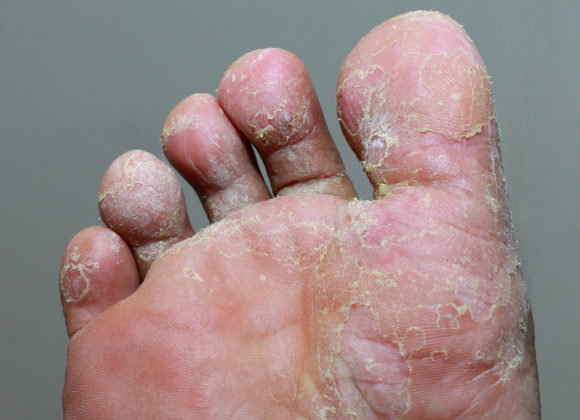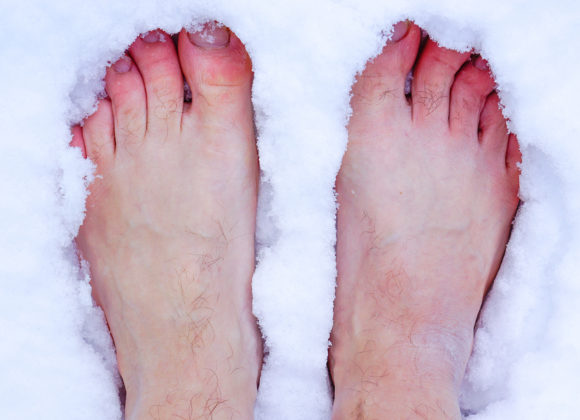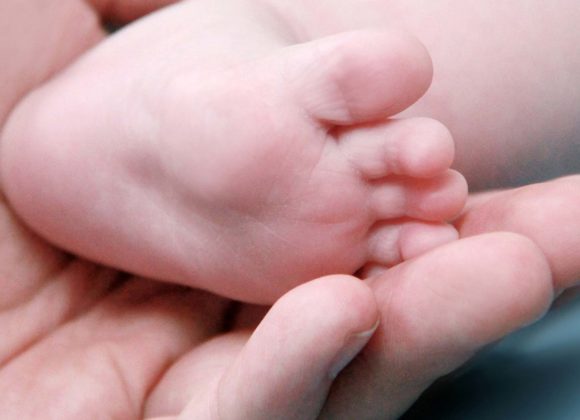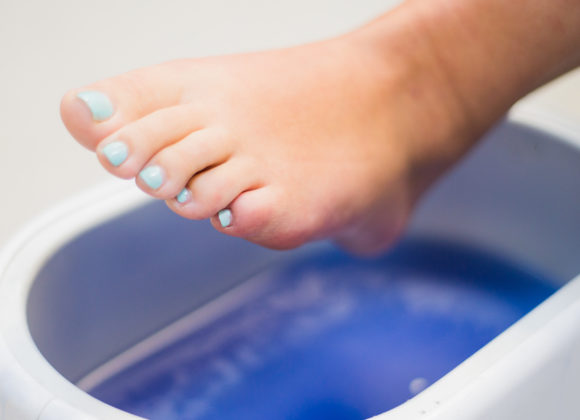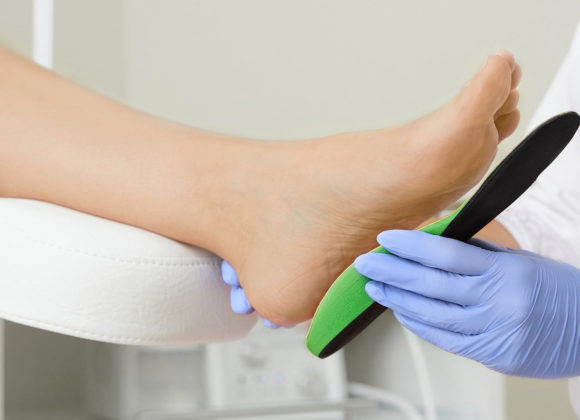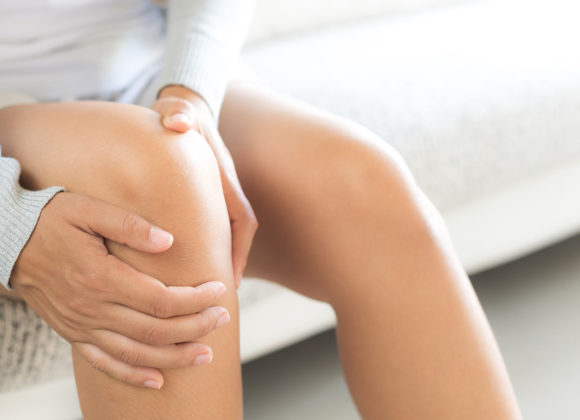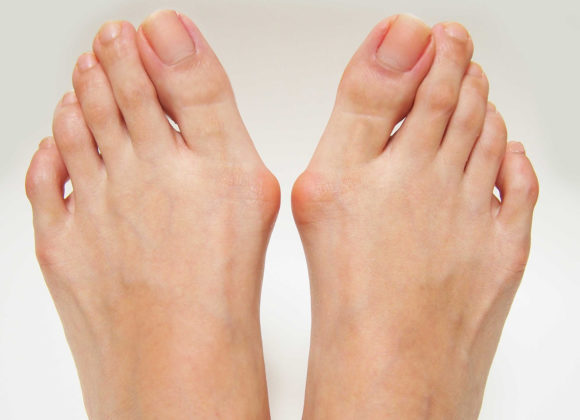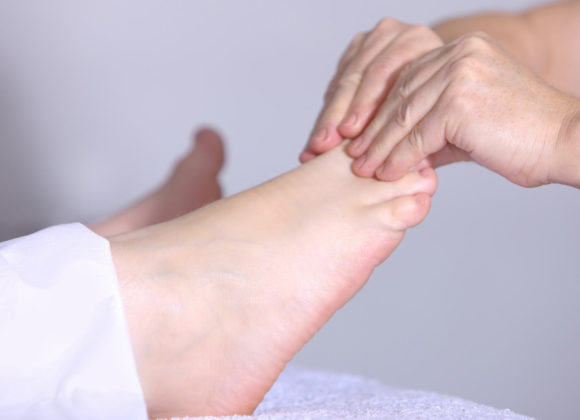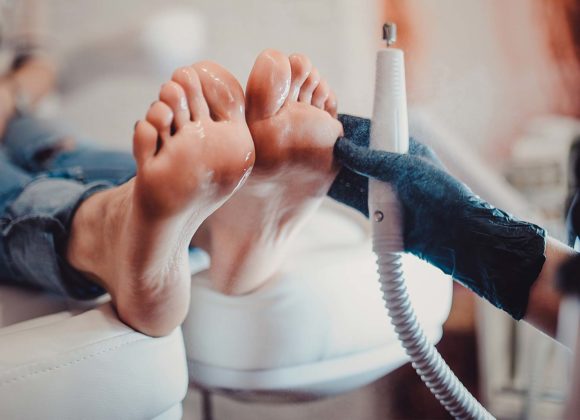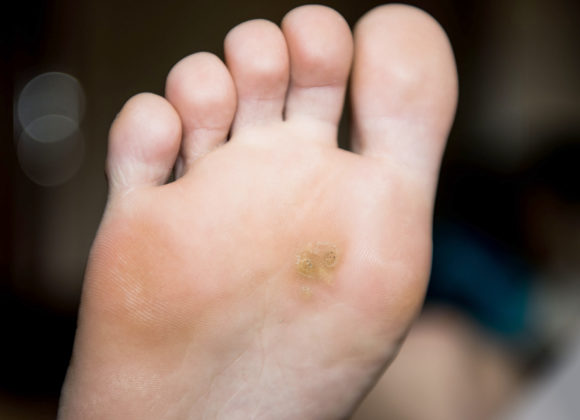What are Warts?
Warts are skin growths caused by viruses, they can grow on any part of the body. As Podiatrists we can only treat warts on the foot area. The appearance of the wart will depend on its location. On the sole of the foot they often look like flattened miniature cauliflowers.
The wart virus can be passed to others by direct contact, or indirectly in such places as showers in your home and public showering facilities and around swimming pools. They can also spread by picking and scratching them and can often bleed and become painful.
Warts are often not painful but as they grow larger and multiply they can become very painful, especially under weight bearing areas of the foot. The earlier the wart is treated, the less time treatment usually takes.
Treatment of warts on the feet are often tedius and can depend on age, depth, size of the wart and the age and immune system heath of the patient.
How does the special wart treatment work?
The normal result is to form a blister underneath the wart, this should occur within 24 hours of the application. The blister formation kills the wart by cutting off its blood supply. Occasionally, there may be some blood in the blister fluid, however don’t be too concerned as this is a possible side effect of the treatment. The blisters may also become painful and itchy.
Large areas of warts will NOT be treated all at once, until the podiatrist has established the sensitivity and degree of reaction to the treatment.
This treatment along with other wart treatments is not suited for everybody and your podiatrist will inform you of your suitability.
Treatment Symptoms
As a general rule, you can expect the following:
Mild discomfort may occur up to 4 hours – control with ice packs and medication such as Nurofen or Panadol.
Blisters have usually formed within 24 hours. Try not to pop blisters as it remains sterile whilst the blister is intact, therefore there is less risk of infection. If severe itching and pain reaction occurs please see note “What to Expect”.
After 4 days crusted blisters will fall off leaving little sores, where medication may be needed to control the night-time itching.
After 7 days it will be healed with temporary residual inflammation or redness, with temporary loss of pigmentation of the skin.
Follow up with the Podiatrist after 14 days, residual warts will be treated again.
Re-Treatment
After several treatments most people will be cured, depending on the size and number of warts. The entire wart must be destroyed as leaving only a few cells will allow the wart to grow back. Warts can be resistant to any treatment as the wart virus lives deep within the layers of the skin. All wart treatments work by shedding layers of the skin.
What to expect
Following treatment, a non-porus tape will cover the area, allowing the treatment to penetrate the wart. Leave the tape on for 10 hours or overnight and keep it dry. After that remove the dressing and bath in warm soapy water.
If severe pain or irritation develops, remove tape and bathe in cold water, you can add some bi-carb soda which helps neutralise the treatment.
Patients will vary in sensitivity to this treatment, more intense reactions are expected in patients with fair skin and blue eyes.
If you have severe itching you can apply topical preparations such as stop itch, sigmacort or stingos. Prescription medications such as cortisone cream will also help the area. Often oral antihistamines such as clarentyne will help.
If you see signs of infection, swelling or redness, especially red streaks, ring our clinic or see your doctor immediately. It may be a sign of Cellulites, this is a very deep infection and require antibiotics.
After removing the tape, wash with mild soap and water. It is ok to shower now. After the shower protect the area with a simple dressing or that as instructed by your podiatrist.
For more information, call us on 03 9735 1273

